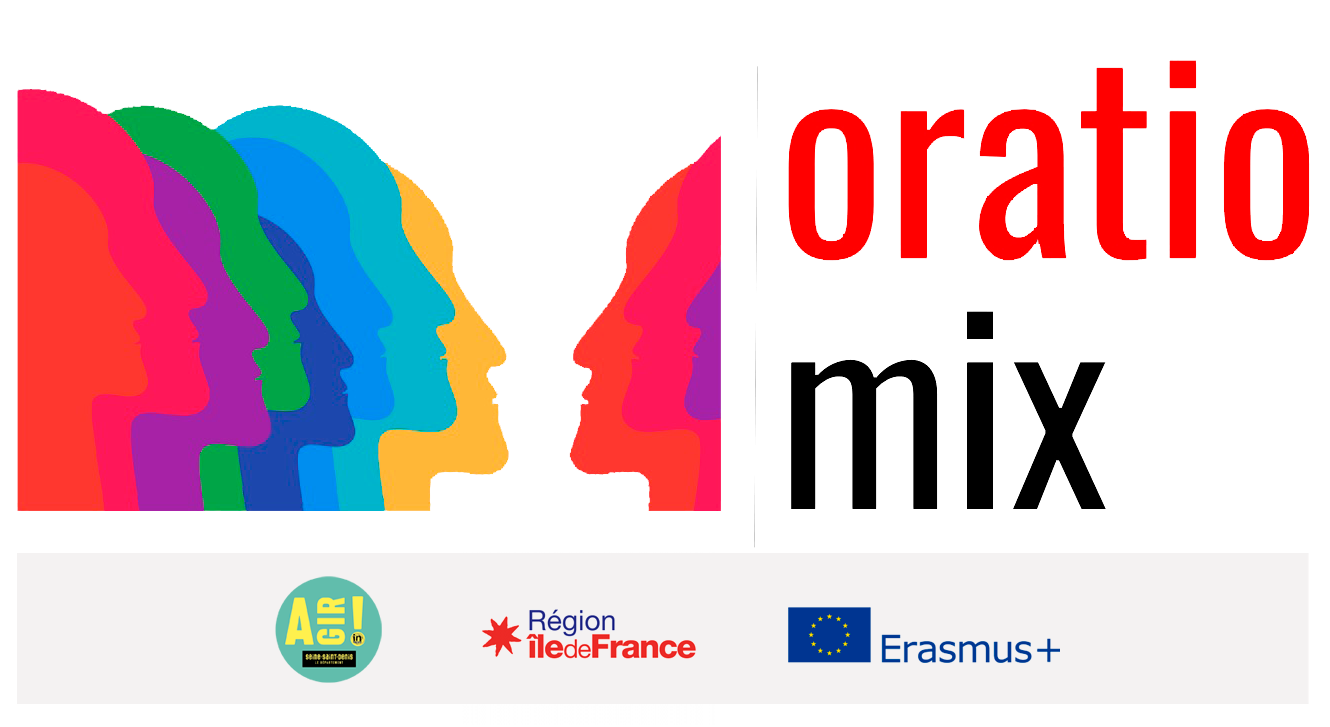Workshop 1 : The meeting
Implementation: what do we need?
– A bullet
– A workspace: the room provided must be large enough and arranged in such a way that it can accommodate all participants and allow freedom of movement, the workshop requiring physical commitment.
The participants
The methodology is aimed at primary and sixth grade students, aged between 9 and 13. Ideally, the group should not exceed 30 students.
Speaker
School teacher, educator, theatre teacher
Objectives of this workshop
Develop group cohesion
Develop the ability to listen and pay attention to others
Time required
90-120 minutes
Implementation
The workshops use techniques of body expression, oral expression and group cohesion based on theatre exercises.
Finality
At the end of the session, children will have:
Developed an ability to work individually and in groups.
Progressed towards acquiring communication skills.
Strengthened their critical thinking by sharing and discussing symbolic themes present in their stories.
The students’ practice of new theatrical and reflexive techniques will improve their personal development and communication skills.
1. Icebreaking
- First name ball: In a circle, students pass the ball by calling the first name of the person to whom they want to send it first. Each student must receive the ball once in order to go around the class.
- Repeat the exercise by asking students to pass the ball faster and faster, without it falling. Then, ask the ball to go in the opposite direction: the sender becomes the receiver. Have fun chaining the rounds in one direction and then in the other several times.
- Then, we clock the full exchange (in the normal direction) and ask the students to imagine a way to improve their score. They must only keep the order of circulation from one student to another and continue to pronounce the names loud and clear. On the other hand, they can change places in space and how to pass the ball. Each student has the right to propose a solution, but must be limited to one proposal. Each proposal must be tested before being approved or rejected.
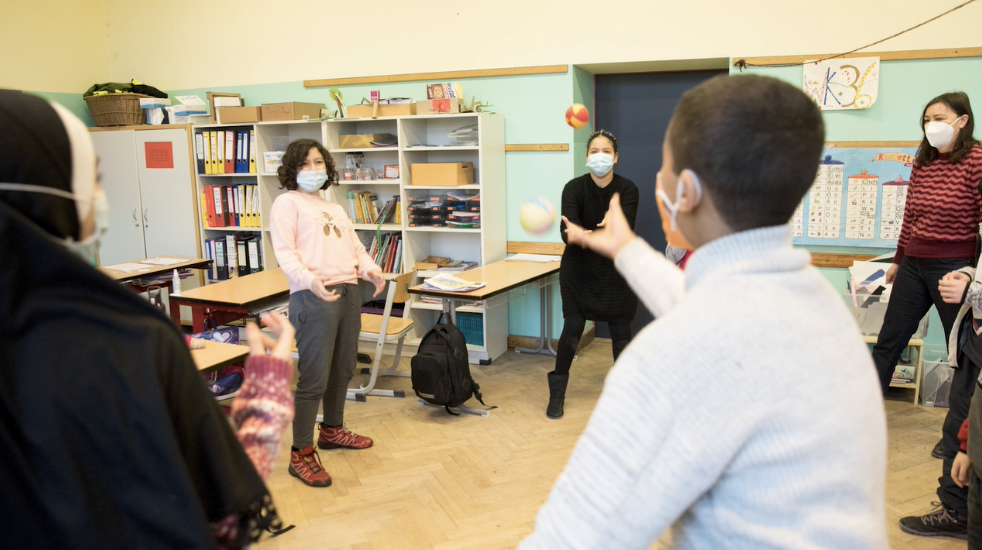
2. Exercices
Game of inspector.ice and assassin. e: In a circle, students choose one of them who will leave the room: the designated person will be the inspector.ice. Then, students choose an. e assassin. When the whole circle knows who the assassin is, the. a detective can enter. The assassin. e winks at a person who has to lie on the floor. They continue to “kill” all players. The assassin’s goal. e is to bring down each. e members of the group before the. a detective. has unmasked. If the assassin. e drops all the people before the. a detective finds it, this last. e leaves the room and the students choose one. e other killer. e for a new game. If the. a detective finds the killer. e, this last. e becomes detective for a new game.
Mirror game: In pairs, face to face, one. e student leads then the other. We must ensure that the actions of the person who guides are slow and simple.
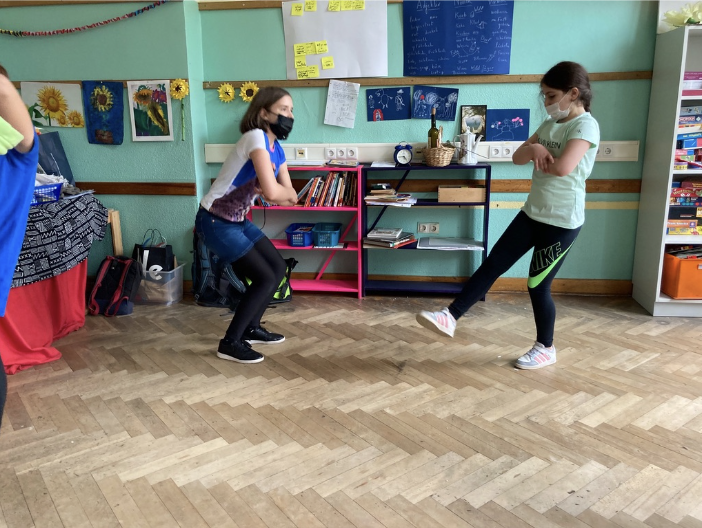
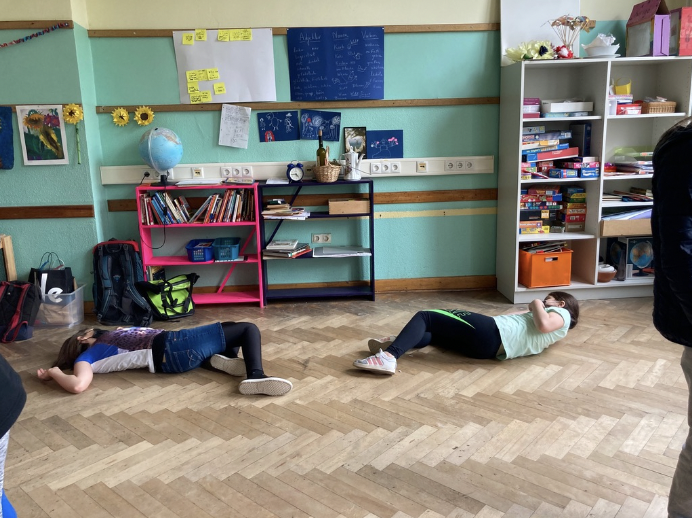
3. Discussion
The workshop rules are first explained:
we listen to each other without making comments and we wait for the speaker to give us the floor, as in class. We can however say if we do not agree with what a comrade just said when asking for the floor.
we try to participate! As for a game, if a player does not play when it is his turn then he may block the game for everyone. To the speaker. However, to use creativity to bypass the reluctance of the timid and find a way to involve them without rushing them! We will offer you alternatives throughout the sessions.
we make constructive criticisms! We can say that we do not like to realize a comrade or that we do not agree with him provided we explain why and propose a solution that would allow the comrade to improve.
we also express what we love! It is important to know how to tell others what we enjoyed or when we share their opinion. This exercise is not always easy for students too. e can be vigilant. e on this point and stimulate them in this direction.
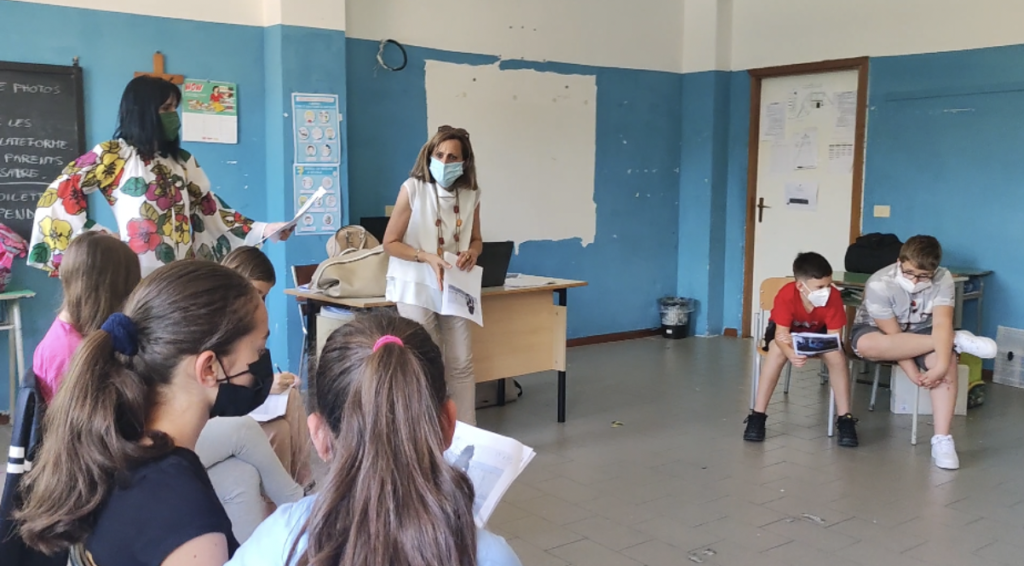
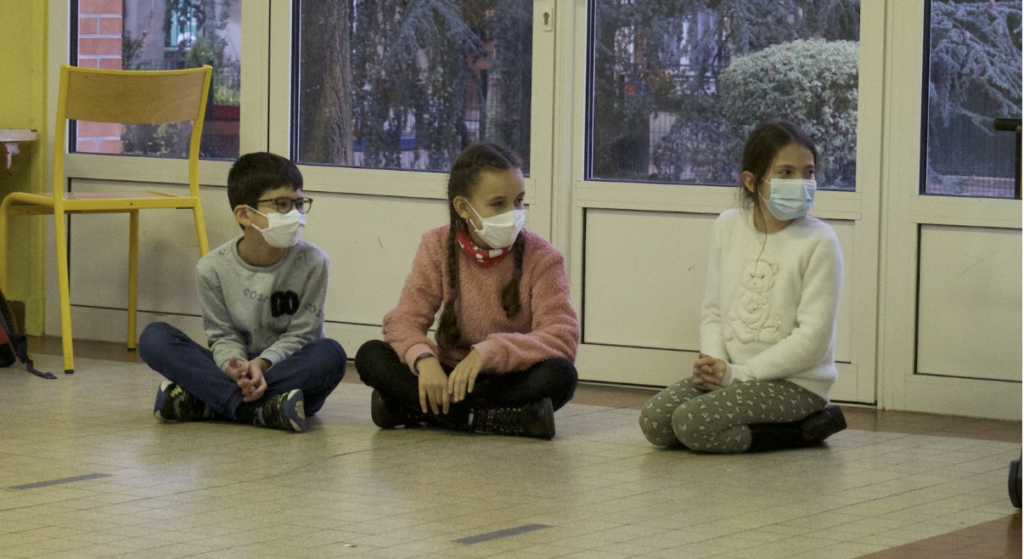
The speaker then initiates the discussion on the performing arts and the world of storytelling. It feeds it by asking students:
What is theatre? Where do we make it? Where can we see it? What do we call those who watch the show? What do we call those on stage? What is the difference between the, the actor and the, the character?
What is a tale? Where do we find them? What is the difference with movies and cartoons? What is one. Hero.in (not to be confused with a superhero)? What tales do you know? Who can be a. hero.in in tales? What other characters do we have? Who can be the bad guys? Who can be the secondary characters? Where do the stories in the tales take place?
What is a legend? What is it for? (explain a geographical feature, a tradition, a cultural or cultural practice…) What is the difference between a tale and a legend?
Here you will find a series of short videos made by the BNF on this theme and available on Youtube:
4. Conclusion
The Circle of Kindness: Students take turns saying something they like about the person to their left. It is forbidden to mention clothes, shoes and accessories. Explain that it is not pleasant for the one who receives the compliment to realize that what is most interesting about him.she is his way of dressing!
